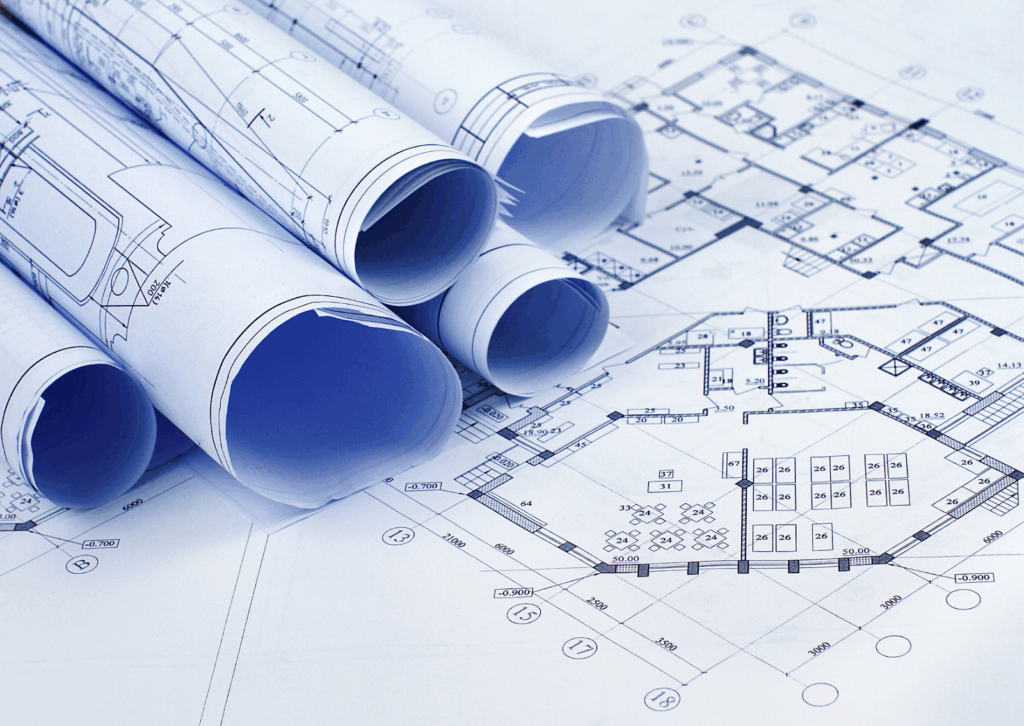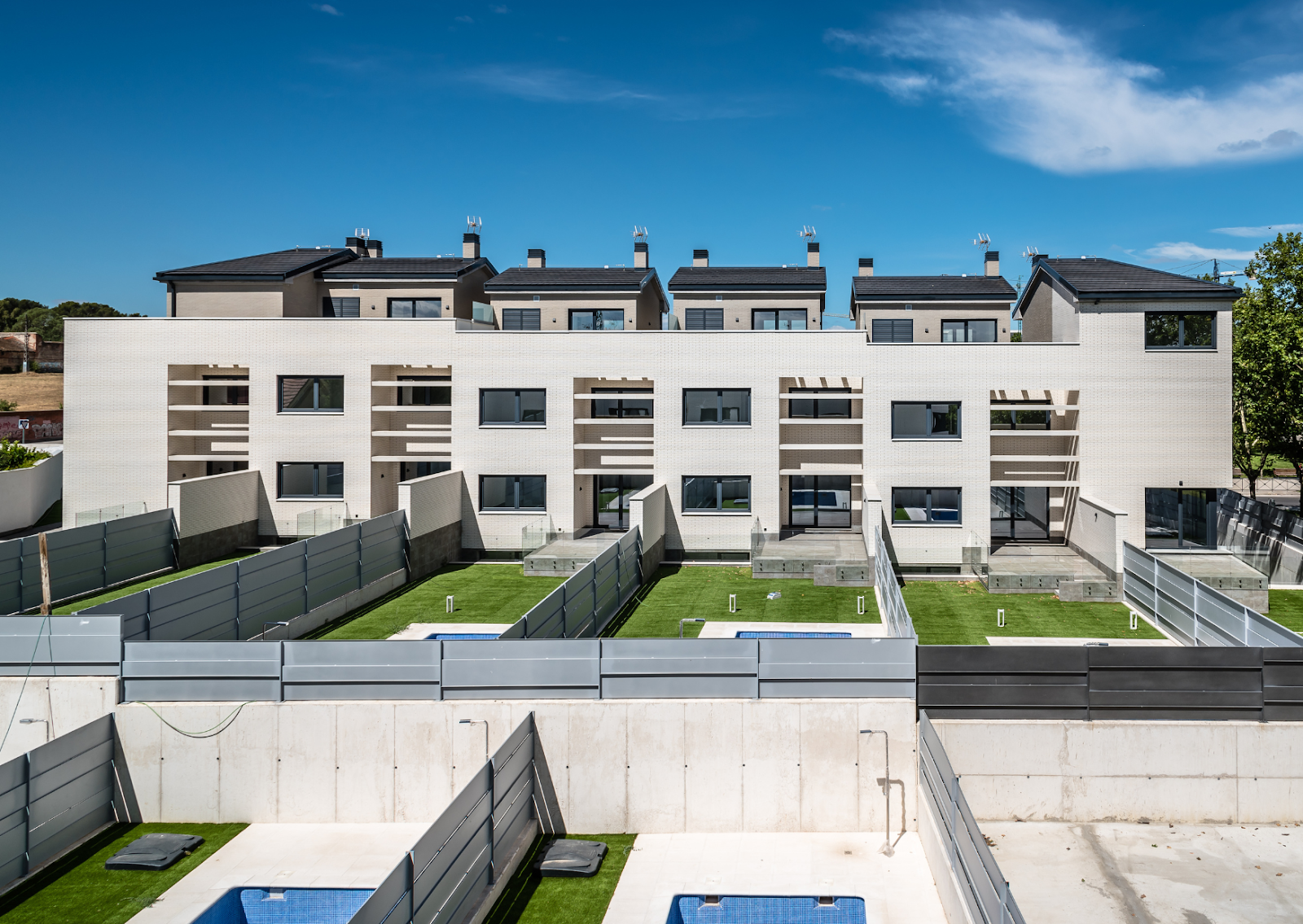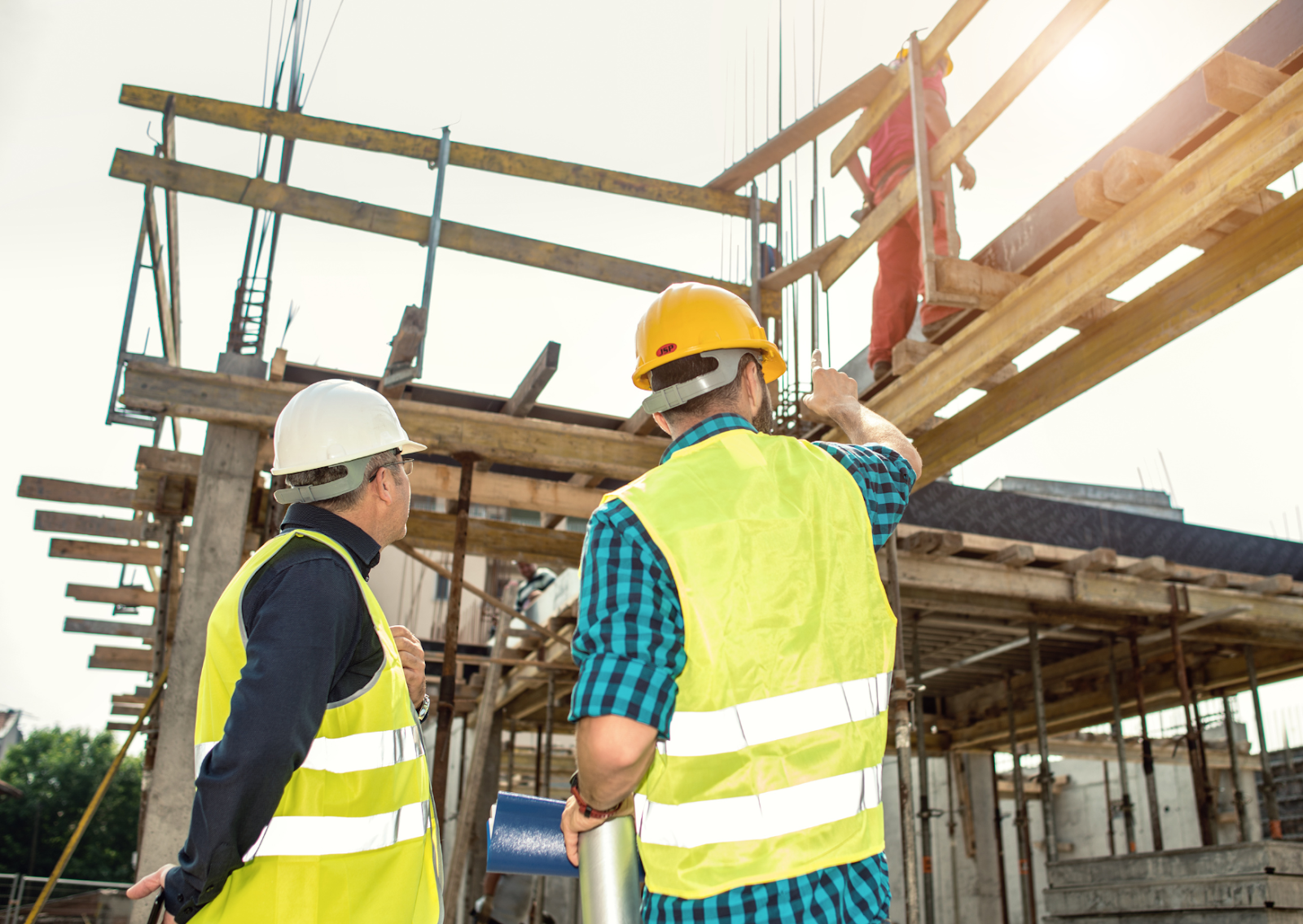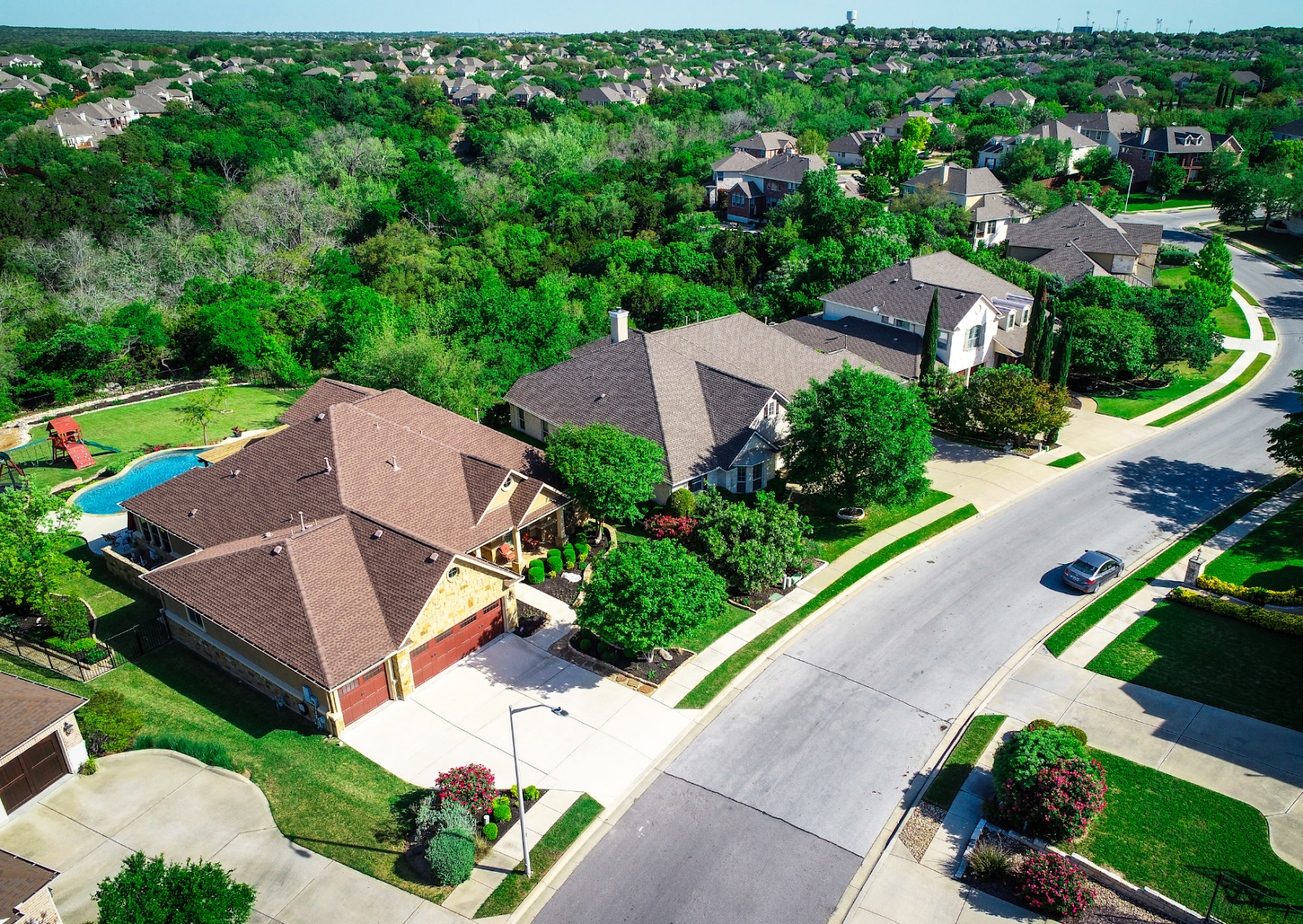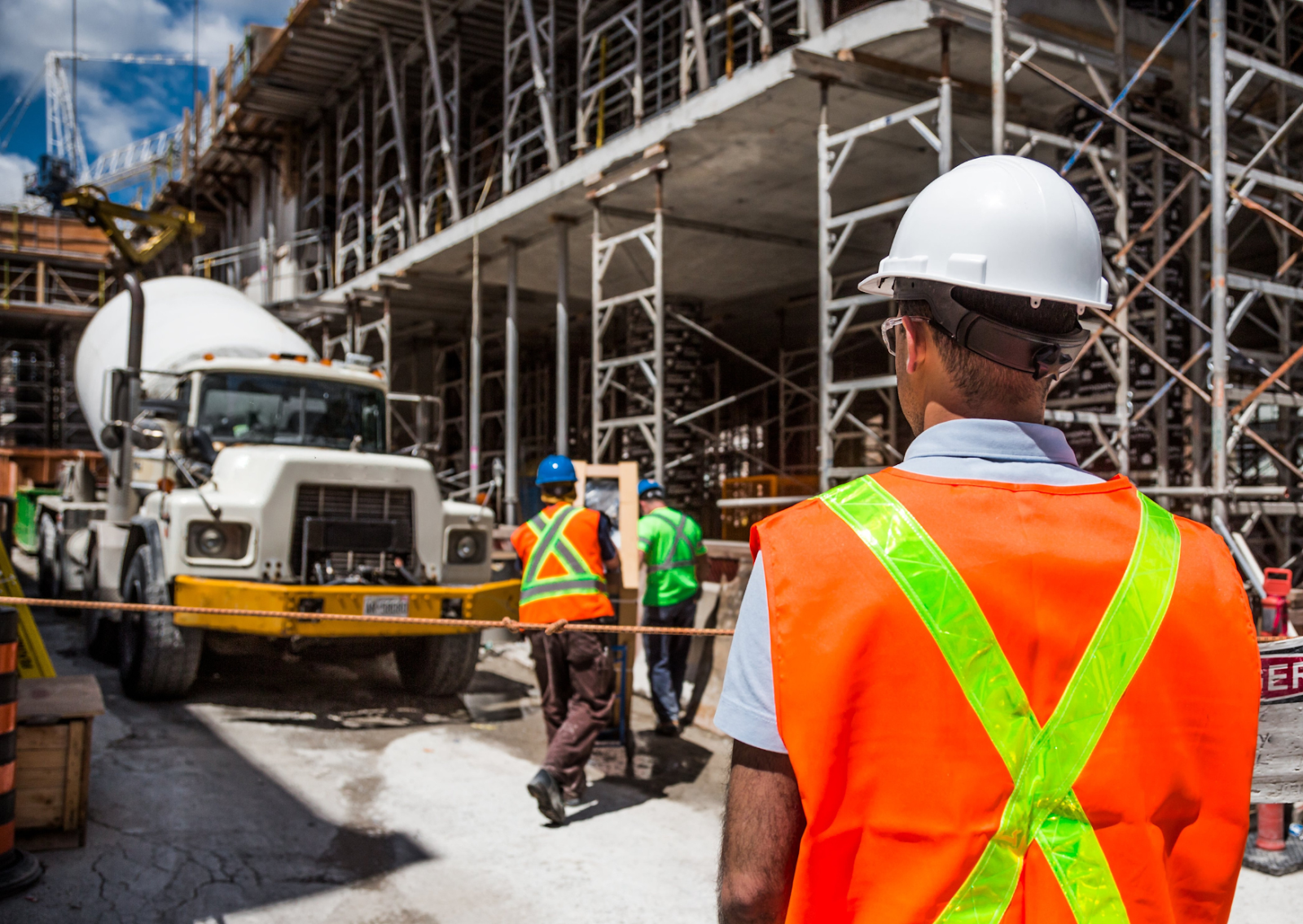What Should Be Included in a Building Construction Project Plan?
A well-developed building construction project plan is the foundation of any successful construction project. It outlines every critical component from beginning to end, allowing stakeholders to visualize the path from concept to completion. The project scope, project timeline, and project deliverables must be clearly defined to guide the construction team effectively.
A construction project plan includes essential details such as the project objectives, budget estimates, construction phase milestones, resource allocation, and the construction schedule. This plan acts as a detailed roadmap that helps all project stakeholders stay aligned, ensure smooth workflow, and avoid unnecessary delays.
Why Is a Feasibility Study the First Step in the Planning Phase?
Before diving into the design or the construction process, a feasibility study is necessary to evaluate the viability of the project. This study investigates technical, financial, legal, and environmental concerns, ensuring that the project can be executed without unforeseen complications. A proper site analysis, risk assessment, and resource requirements analysis are conducted during this stage.
Involving local government agencies and assessing environmental concerns help avoid costly surprises later. By analyzing these early-stage components, the project owner can determine whether to move forward or revise the project’s objectives. Feasibility studies serve as the initial plan that informs every other part of the building construction project plan.
How Does the Pre-Construction Phase Set the Foundation for Success?
The pre-construction phase includes a variety of preparatory activities, such as design development, cost estimates, obtaining building permits, and submitting documents to local authorities. This is where project planning shifts from theoretical to practical.
A design phase is initiated in collaboration with a design team and architects using tools like computer-aided design software to visualize the project. Cost estimates are refined, and a procurement method is selected. Project management software is often used at this stage to create a construction schedule template and to track progress throughout the project lifecycle.
What Role Does Site Preparation Play in a Construction Project?
Site preparation is one of the first physical steps on the construction site. It involves clearing the land, grading, soil testing, and ensuring proper drainage systems. Site clearing is essential to remove any obstacles that might delay the project moving forward.
Environmental concerns are again reviewed, and necessary approvals are obtained from local authorities. A logistics plan is established to manage the flow of materials, equipment, and labor to and from the job site. This step ensures a safe and efficient start to construction.
How Do Project Managers Use a Construction Project Plan Template?
Using a customizable template helps project managers create a standardized framework for every construction project. These templates often include sections for defining the project’s scope, scheduling tasks, resource requirements, and associated costs.
Templates streamline the planning process, reduce errors, and improve communication among the construction team. A well-structured construction project plan template allows for efficient scheduling of dependent tasks, identification of necessary resources, and integration of contingency plans to handle supply chain disruptions.
What Is the Importance of a Work Breakdown Structure?
The work breakdown structure (WBS) breaks the project into manageable components, making it easier to track progress and allocate resources effectively. Each section of the WBS defines a task or deliverable that contributes to the project’s objectives.
With a WBS, project managers can estimate project costs more accurately, ensure that all project activities are accounted for, and monitor the completion of each component. This structure is vital for maintaining a successful project from start to finish.
How Is the Construction Management Plan Executed During the Construction Phase?
During the construction phase, the construction management plan comes to life. This includes executing the construction plan, managing the workforce, coordinating with subcontractors, and ensuring that construction schedule milestones are met.
Daily oversight on the construction site ensures that any issues are addressed promptly. Project management software continues to play a crucial role, helping managers monitor the project’s progress, schedule updates, and manage budget adjustments.
Construction project managers maintain constant communication with project stakeholders to make sure everyone is aligned. This keeps the project moving forward toward a finished project that meets expectations.
How Does Effective Resource Allocation Ensure a Successful Construction Project?
Resource allocation involves strategically assigning labor, materials, and equipment to various parts of the construction project. It ensures that no area is over-resourced or under-resourced, maintaining a balance that supports efficiency and quality.
Careful planning and forecasting are essential to avoid delays and additional project costs. The construction management team must adjust resource allocation based on actual needs versus initial assumptions, especially when facing supply chain disruptions or changes in the project scope.
What Happens During the Post-Construction Phase?
Post-construction begins once the main building construction is complete. It includes final inspections, commissioning of systems, and walkthroughs with the project owner. This phase also involves addressing any punch list items and preparing for occupancy.
Documentation such as as-built drawings, warranties, and maintenance plans is delivered to the client. Final payments are settled, and the project owner assumes responsibility for the facility. A successful post-construction phase marks the end of the project lifecycle and the start of the building’s operational phase.
How Can You Make Sure Your Next Project Stays on Track?
To ensure that your next project stays on track, use a detailed plan that incorporates all phases of the construction process, from the feasibility study through to post-construction. Employ project management software and a customizable template to stay organized. Keep close communication with project stakeholders and ensure your construction team adheres to the construction schedule.
Every step, from submitting documents to site analysis and building permits, plays a role in the overall success. Tracking the project’s progress, managing resource allocation, and sticking to the logistics plan will help you meet project objectives and deliver a successful project.
Why Partner with Professionals for Your Building Construction Project Plan?
If you’re planning a commercial or residential build, working with a proven construction partner makes all the difference. At MID Construction Group, we offer end-to-end construction management services built on decades of industry experience. From site preparation and feasibility studies to construction schedule development and final inspections, we help you execute a seamless building construction project plan that meets all your expectations.
Whether you’re starting your first project or managing your next project, our team is equipped to handle every detail with precision, professionalism, and integrity. Contact us today to discuss how we can support your vision from blueprint to finished project.
Final Thoughts
A building construction project plan is more than just paperwork—it is the backbone of a successful construction project. With a clear construction plan, an experienced project manager, and the right project management tools, any vision can become a reality. By understanding each construction phase and using a structured approach, project owners can ensure their investment results in a high-quality, on-time, and on-budget finished project.
Partnering with experts like MID Construction Group ensures every aspect of the construction process is handled with excellence. Begin your planning today to turn your next project into a long-term success.
Works Cited
“Construction Project Management.” Project Management Institute, www.pmi.org/learning/library/construction-project-management-8765. Accessed 2 July 2025.
“Construction Project Planning and Scheduling.” U.S. General Services Administration, www.gsa.gov/real-estate/design-construction/project-planning-and-scheduling. Accessed 2 July 2025.
“The Project Lifecycle.” International Project Management Association (IPMA), www.ipma.world/resources/project-lifecycle. Accessed 2 July 2025.
“Site Preparation for Building Construction.” National Institute of Building Sciences, www.wbdg.org/design-objectives/site-preparation. Accessed 2 July 2025.
“Feasibility Study Guidelines.” U.S. Small Business Administration, www.sba.gov/business-guide/plan-your-business/market-research-competitive-analysis. Accessed 2 July 2025.
Frequently Asked Questions:
1. What is included in a building construction project plan?
A building construction project plan typically includes the project scope, timeline, deliverables, budget estimates, resource allocation, construction schedule, and planning for each construction phase, from feasibility study to post-construction.
2. Why is a feasibility study important before starting construction?
A feasibility study helps determine if a project is viable by evaluating technical, financial, legal, and environmental factors. It informs the project's initial plan and ensures that all major risks and constraints are identified early on.
3. What happens during the pre-construction phase?
During the pre-construction phase, the project team refines the design, estimates costs, secures building permits, and finalizes procurement methods. This phase sets the groundwork for construction and often uses tools like computer-aided design and project management software.
4. How do construction managers keep a project on track?
Construction managers use project management software, a work breakdown structure, and customizable templates to track progress, schedule tasks, allocate resources, and manage logistics. Regular communication with stakeholders also helps keep the project moving forward.
5. What does the post-construction phase involve?
The post-construction phase includes final inspections, system commissioning, client walkthroughs, addressing punch list items, and handing over key documentation like warranties and maintenance guides. It marks the final step before the project is fully completed and operational.

